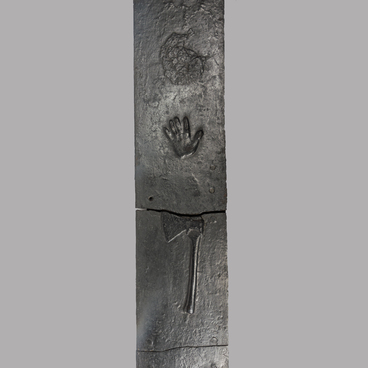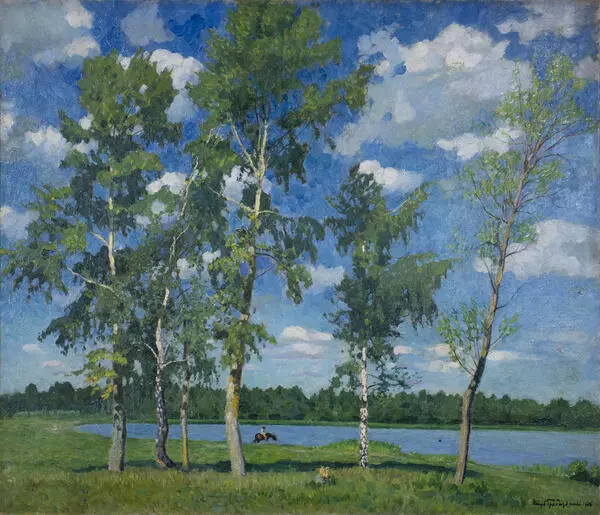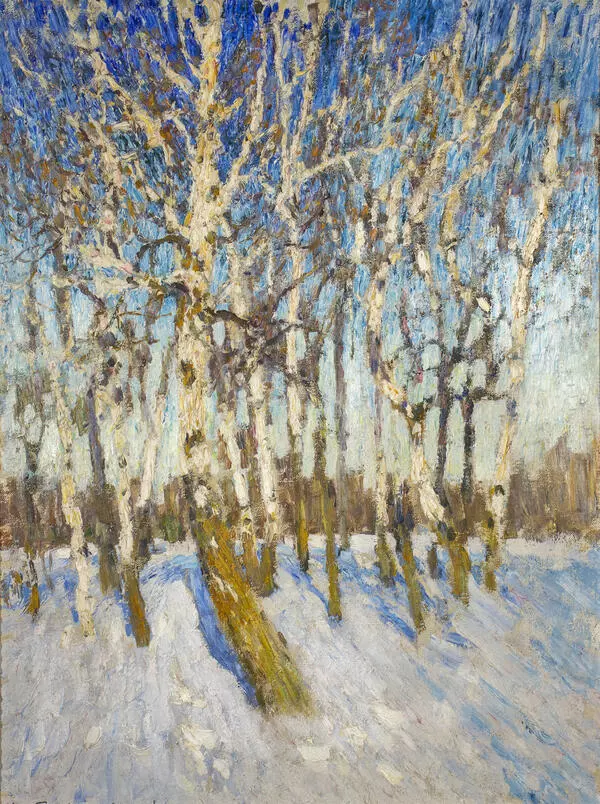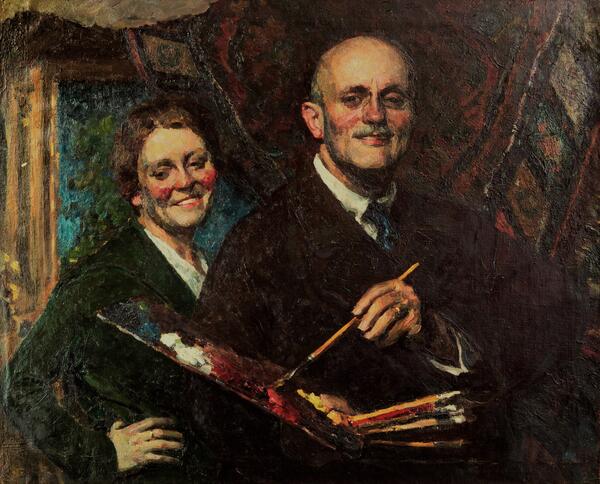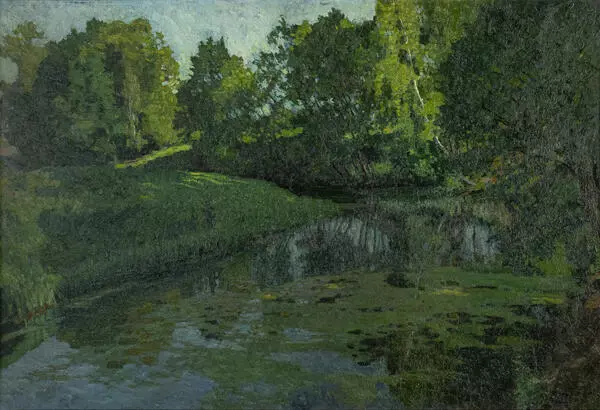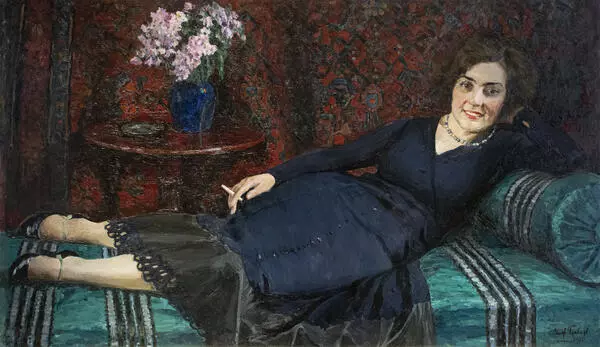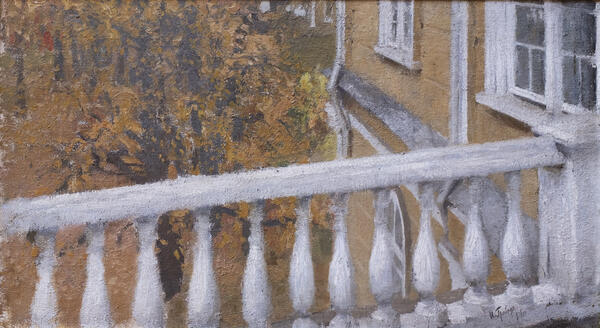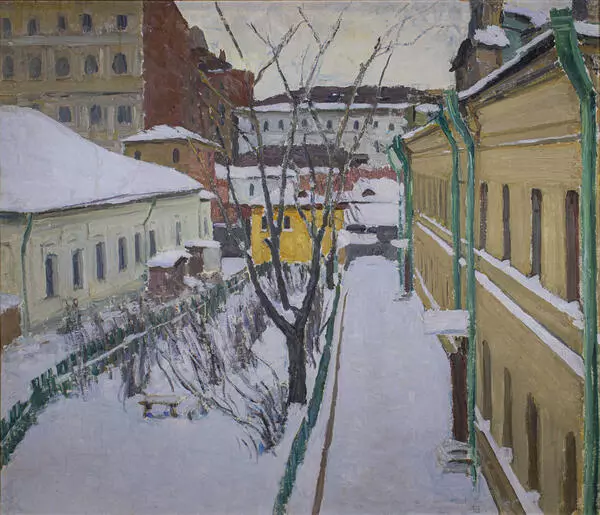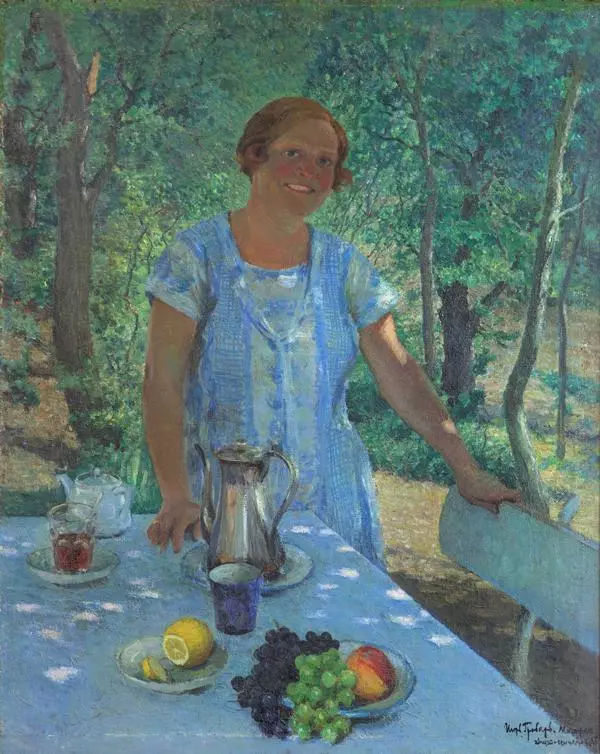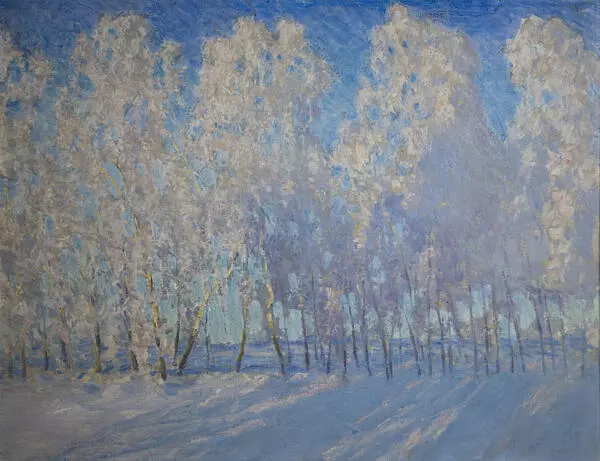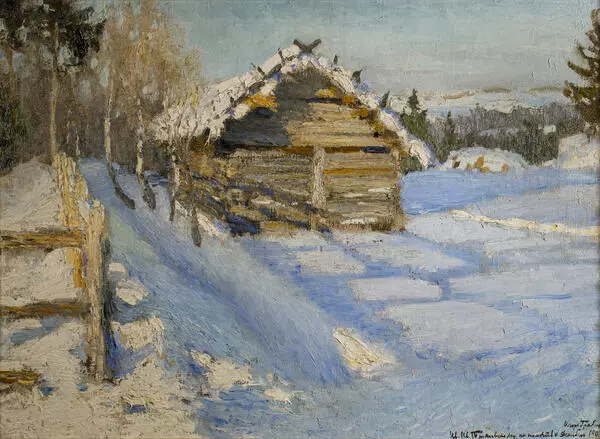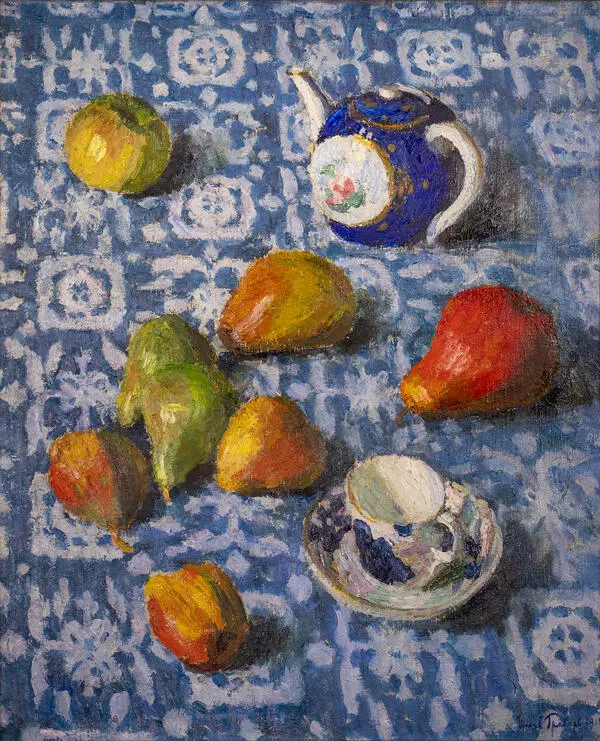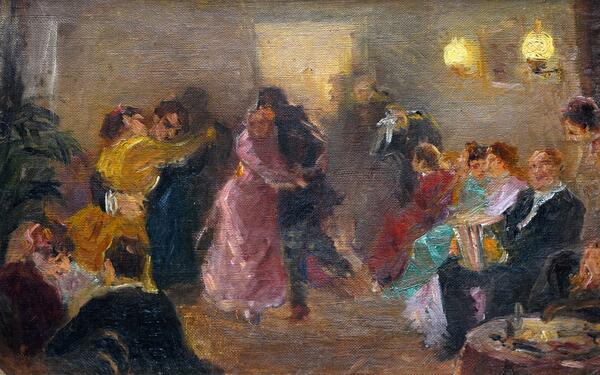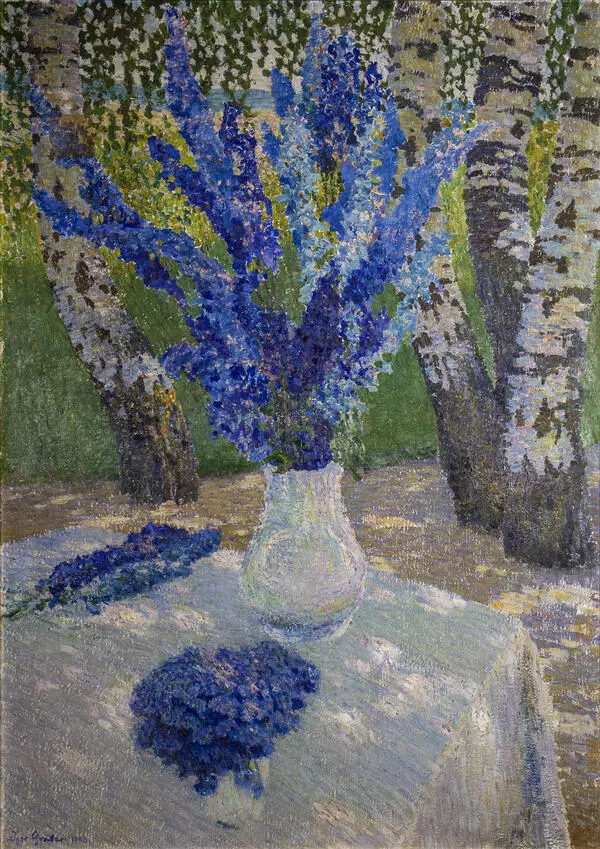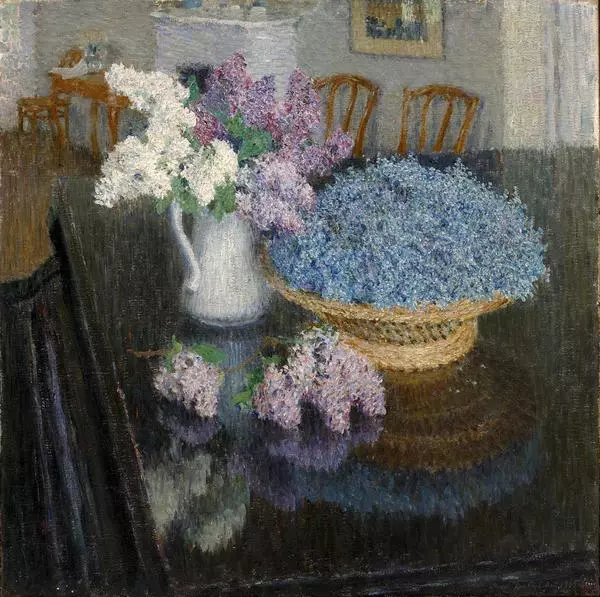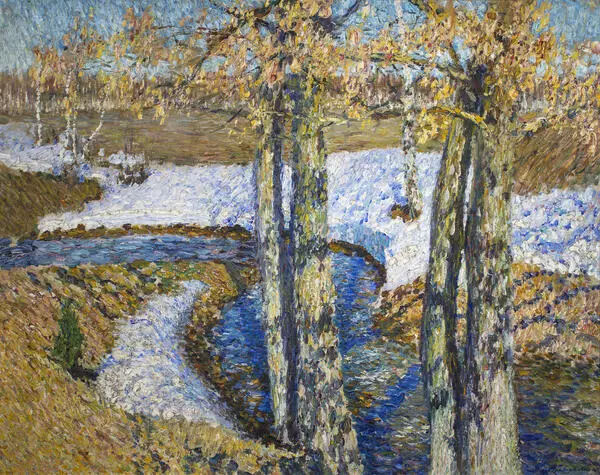Igor Emmanuilovich Grabar (1871–1960) was known not only as a painter, a member of the World of Art Association, but also as an architect, a museum expert, and an art historian. For twelve years, from 1913 to 1925, he headed the Tretyakov Gallery. During this period, he compiled its first scientific catalog and significantly changed the principles of museum work.
After the revolution, Igor Grabar devoted himself to protecting cultural monuments from destruction. In 1918, he initiated the creation of the Central Restoration Workshops, with which Igor Emmanuilovich would work all his life. Now they bear his name.
The artist called the interval between 1910 and 1923 a period of departure from painting and a passion for architecture, art history, museum activities, and protection of monuments. At this time, Igor Grabar conceived and carried out the first publication of “The History of Russian Art” in six volumes, and published several monographs about the artists Valentin Alexandrovich Serov and Isaac Ilyich Levitan.
“A change of work is the best rest, ” said the artist. If he did not paint, he taught, performed, prepared exhibitions, or was engaged in art history research. Igor Grabar died while he was working on a new multi-volume edition of “The History of Russian Art”.
The greatest stimulus in painting was the artist’s love for the winter season. It is easy to recall his famous “February Blue” from the collection of the Tretyakov Gallery. Igor Emmanuilovich admitted that with the end of winter, the landscape became less attractive to him and he replaced the pictures of nature with still lifes. The artist called the painting of such pictures “still life exercises”. In the 1910s, flower still lifes dominated the work of Igor Grabar.
The painting “Lilac and Forget-Me-Nots”, which Igor Emmanuilovich created in 1915, is distinguished by its soft tone. The artist tried to convey the feeling of a stream of fresh air and sunlight pouring through an open window. This painting entered the Lipetsk Regional Museum of Local Lore in 1918–1919 as requisitioned property.
After the revolution, Igor Grabar devoted himself to protecting cultural monuments from destruction. In 1918, he initiated the creation of the Central Restoration Workshops, with which Igor Emmanuilovich would work all his life. Now they bear his name.
The artist called the interval between 1910 and 1923 a period of departure from painting and a passion for architecture, art history, museum activities, and protection of monuments. At this time, Igor Grabar conceived and carried out the first publication of “The History of Russian Art” in six volumes, and published several monographs about the artists Valentin Alexandrovich Serov and Isaac Ilyich Levitan.
“A change of work is the best rest, ” said the artist. If he did not paint, he taught, performed, prepared exhibitions, or was engaged in art history research. Igor Grabar died while he was working on a new multi-volume edition of “The History of Russian Art”.
The greatest stimulus in painting was the artist’s love for the winter season. It is easy to recall his famous “February Blue” from the collection of the Tretyakov Gallery. Igor Emmanuilovich admitted that with the end of winter, the landscape became less attractive to him and he replaced the pictures of nature with still lifes. The artist called the painting of such pictures “still life exercises”. In the 1910s, flower still lifes dominated the work of Igor Grabar.
The painting “Lilac and Forget-Me-Nots”, which Igor Emmanuilovich created in 1915, is distinguished by its soft tone. The artist tried to convey the feeling of a stream of fresh air and sunlight pouring through an open window. This painting entered the Lipetsk Regional Museum of Local Lore in 1918–1919 as requisitioned property.

